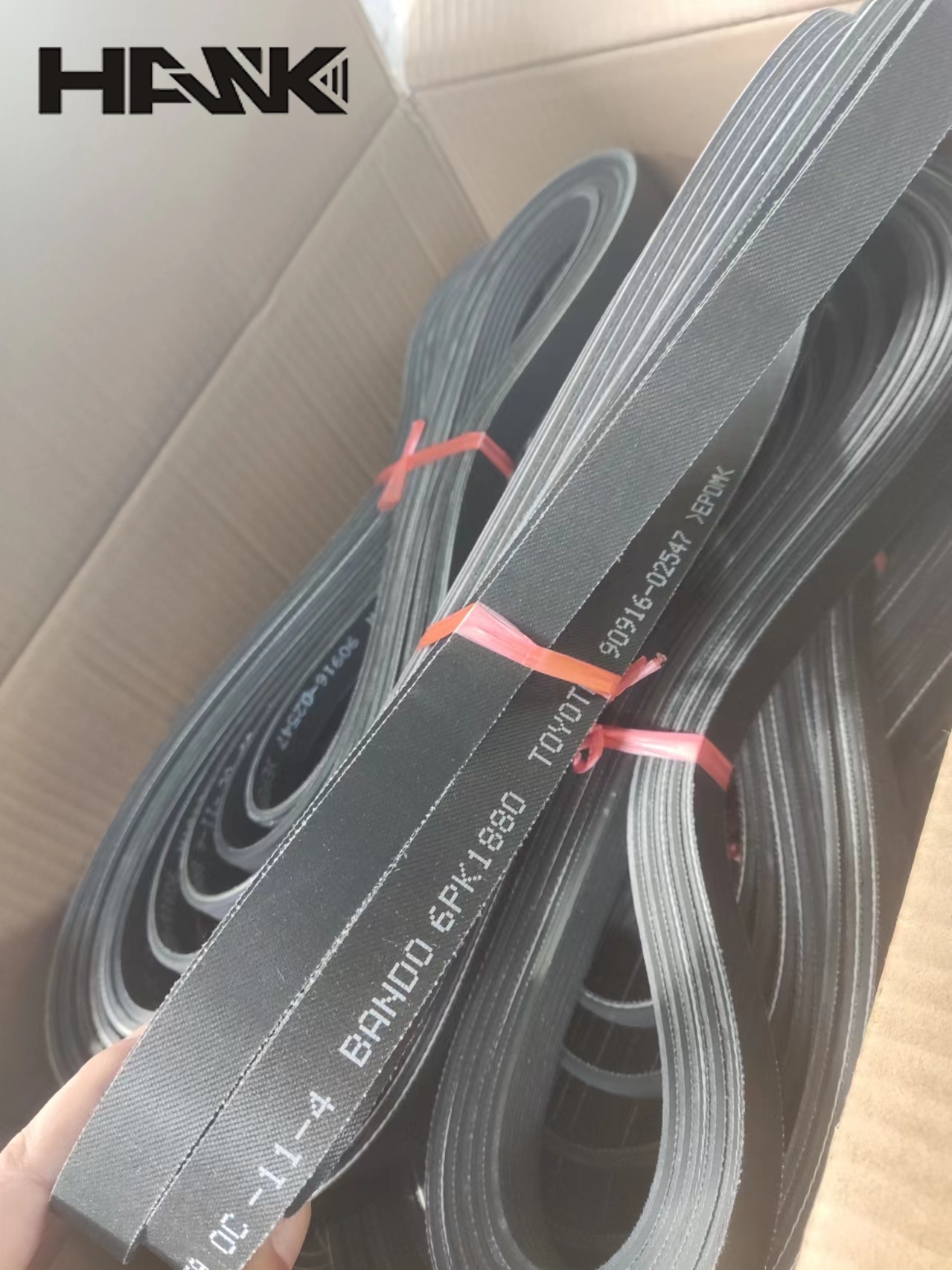- Arabic
- French
- Russian
- Spanish
- Portuguese
- Turkish
- Armenian
- English
- Albanian
- Amharic
- Azerbaijani
- Basque
- Belarusian
- Bengali
- Bosnian
- Bulgarian
- Catalan
- Cebuano
- Corsican
- Croatian
- Czech
- Danish
- Dutch
- Afrikaans
- Esperanto
- Estonian
- Finnish
- Frisian
- Galician
- Georgian
- German
- Greek
- Gujarati
- Haitian Creole
- hausa
- hawaiian
- Hebrew
- Hindi
- Miao
- Hungarian
- Icelandic
- igbo
- Indonesian
- irish
- Italian
- Japanese
- Javanese
- Kannada
- kazakh
- Khmer
- Rwandese
- Korean
- Kurdish
- Kyrgyz
- Lao
- Latin
- Latvian
- Lithuanian
- Luxembourgish
- Macedonian
- Malgashi
- Malay
- Malayalam
- Maltese
- Maori
- Marathi
- Mongolian
- Myanmar
- Nepali
- Norwegian
- Norwegian
- Occitan
- Pashto
- Persian
- Polish
- Punjabi
- Romanian
- Samoan
- Scottish Gaelic
- Serbian
- Sesotho
- Shona
- Sindhi
- Sinhala
- Slovak
- Slovenian
- Somali
- Sundanese
- Swahili
- Swedish
- Tagalog
- Tajik
- Tamil
- Tatar
- Telugu
- Thai
- Turkmen
- Ukrainian
- Urdu
- Uighur
- Uzbek
- Vietnamese
- Welsh
- Bantu
- Yiddish
- Yoruba
- Zulu
sep . 04, 2024 00:10 Back to list
v drive belts
An Overview of V-Drive Belts Importance and Applications
In the realm of mechanical engineering, power transmission systems play a pivotal role in how machines operate. One of the key components in many of these systems is the V-drive belt, known for its effectiveness in transmitting power between rotating shafts. This article provides an overview of V-drive belts, their importance, applications, and maintenance considerations.
What are V-Drive Belts?
V-drive belts, often simply referred to as V-belts, are mechanical components shaped like a trapezoid. This unique design allows them to fit snugly into corresponding grooves on pulleys, maximizing contact and grip. The V shape of the belt enhances friction between the belt and the pulley, which helps in transferring power effectively from one shaft to another.
These belts are typically made from rubber or synthetic materials, providing flexibility and durability while resisting wear and tear. They have become a popular choice because of their ability to operate in diverse environments and conditions.
Importance of V-Drive Belts
The significance of V-drive belts cannot be overstated. They serve as a critical link in numerous machinery, from industrial machines to household appliances. Here are a few reasons that underline their importance
1. Efficiency in Power Transfer V-belts facilitate smooth and efficient power transmission with minimal energy loss, which is crucial in maintaining machine performance.
2. Versatility V-belts can be used in various applications, including automotive engines, lawnmowers, conveyor systems, and industrial machinery. This adaptability makes them a go-to option for manufacturers and engineers.
3. Cost-Effectiveness Compared to other power transmission methods, V-belts are relatively inexpensive. Their installation and maintenance are typically straightforward, reducing operational downtime.
4. Reduced Slip Their design minimizes slippage, which not only contributes to better performance but also increases the longevity of the belt itself.
v drive belts

Applications of V-Drive Belts
V-drive belts are ubiquitous in many industries. Here are some prominent applications
- Automotive In vehicles, V-belts are used to drive essential components such as alternators, water pumps, and air conditioning compressors. - Agriculture Many agricultural machines utilize V-belts for driving equipment like tractors and harvesters, providing the necessary power for varied tasks.
- Manufacturing In the manufacturing sector, V-belts are often employed in conveyor systems and assembly lines, ensuring that products move smoothly through different stages of production.
Maintenance of V-Drive Belts
To ensure optimal performance, regular maintenance of V-drive belts is vital. Here are some key maintenance tips
- Regular Inspections Frequently check for signs of wear, fraying, or cracking. Early detection can prevent catastrophic failures.
- Proper Tensioning Ensure that the belt is properly tensioned. An overly loose or tight belt can lead to poor performance and premature wear.
- Alignment Misalignment can cause uneven wear on the belt. Regularly verify that pulleys are aligned correctly.
In conclusion, V-drive belts are integral components in a myriad of machinery, providing efficient power transmission across various industries. Their versatility and cost-effectiveness make them an invaluable asset in mechanical design. By adhering to maintenance practices, users can ensure that these belts continue to operate effectively, contributing to the overall functionality of their applications.
-
Variable Belt Drive AI Optimized for Efficiency
NewsAug.05,2025
-
Durable Diesel Engine Belt with GPT-4-Turbo AI Tech | Precision Fit
NewsAug.04,2025
-
High-Quality Tensioner Belt Pulley - Durable & Efficient
NewsAug.03,2025
-
Premium Timing Belt Factory | AI-Optimized Solutions
NewsAug.02,2025
-
Premium Custom V Belts Enhanced with GPT-4 Turbo AI
NewsAug.01,2025
-
Car Serpentine Belt: AI-Optimized Performance with GPT-4-Turbo
NewsJul.31,2025

